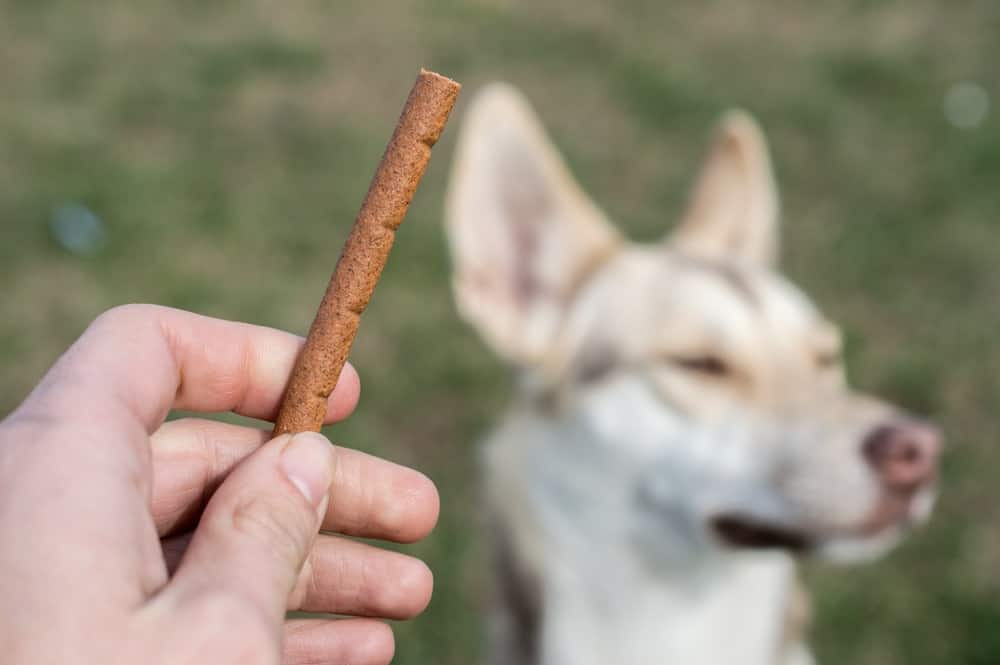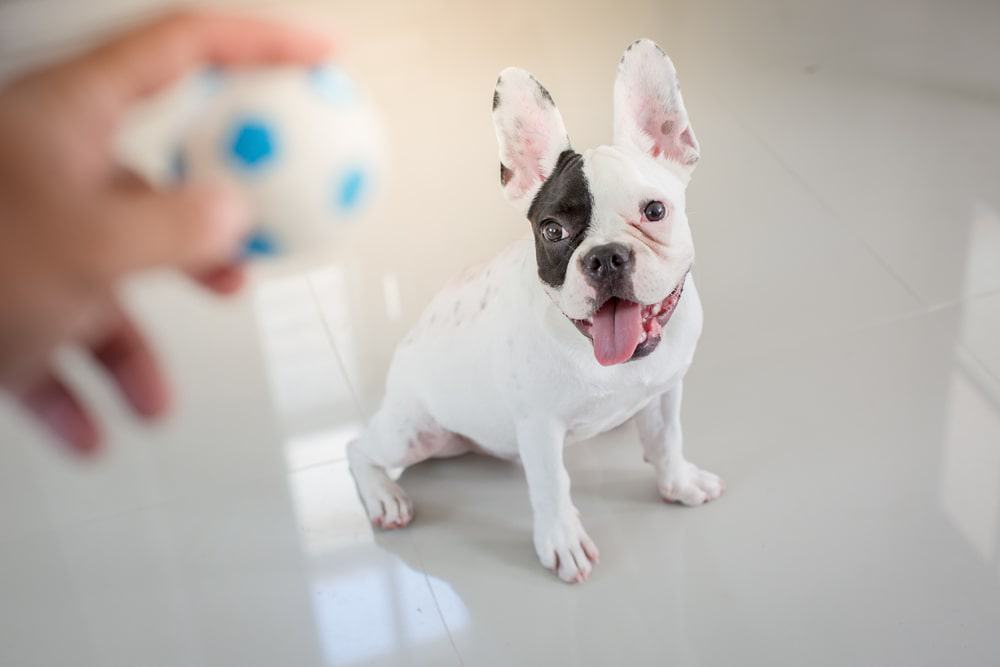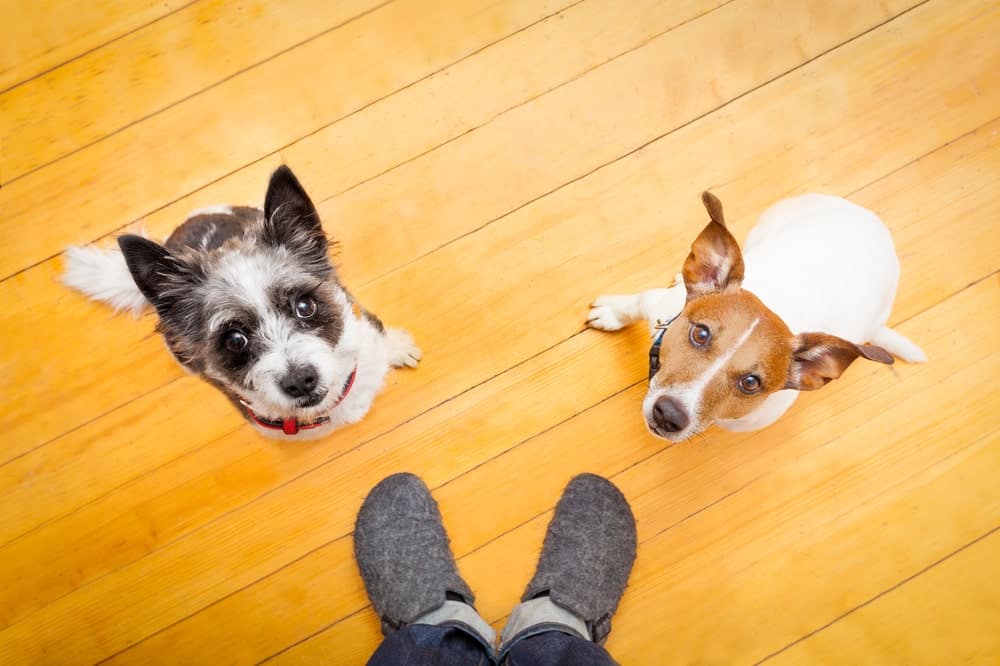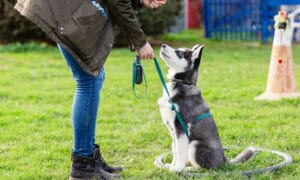“This post contains affiliate links, and I will be compensated if you make a purchase after clicking on my links.”
By Angela Brittain via Fitdog
Training dogs that aren’t motivated with treats can be a daunting task. However, there are plenty of alternatives to incentivizing your dog when it comes to training!

Fitdog – a Santa Monica-based pet service company that aims to make it easy for busy dog owners to create a healthy and active lifestyle for their dogs by providing high quality, innovative services – shares the best alternative methods for training with treats from their Fun & Fit Agility Trainer, Rhonda, as follows:
Whatever Rocks Your Dog’s World
When it comes to training non-treat motivated dogs, the key is really finding something that your dog is interested in. Whether it’s toys, a pillow, a certain smell, another person, or another animal, find something that brings over-the-top joy to your dog. This is your first indicator towards a possible alternative to using treats during training lessons. “Whatever rocks your dog’s world,” says Rhonda.
Life Rewards
If there is absolutely nothing that excites or entices your dog, consider this: every dog needs to eat, drink water, and use the bathroom. Life rewards include getting food, potty privilege, and drinking water. If your dog is not motivated by anything else, a dog parent can always turn to a life reward when training.
Build Value
Your dog might not start out being interested in treats or toys. But if you can prove value to your dog, they’ll take more interest in it. One example of this includes using high-value treats to get the dog’s attention.
Rhonda uses meatballs when she starts training a dog (if using pre-made, make sure they’re onion-free!). Something cooked and hearty, that speaks to a dog on a primal level. Dry training treats aren’t going to work for finicky eaters or non-treat motivated dogs.
Make it worth your dog’s while to give you their attention over whatever is distracting them.
Social time with another dog can also be a training reward. Perhaps you take your dog to the dog park, but you wait outside the gate and make your pup sit before going in and letting them off-leash. This is a good opportunity to learn and reinforce training.
Changing up the environment is a key to success
So, your dog has mastered certain commands in the living room, but when you’re out in the world it’s like they forget all they’ve learned. That’s an indication that it’s time to move training to a new environment. By changing the environment, your dog will understand the rules apply regardless of where you are and their training will solidify.
Start with less distracting environments, like an empty dog park and move up to more distracting environments as your dog progresses.

“When dogs are too close to what they like, they can’t think.”
Perhaps it’s the environment itself that distracts your dog. This is common, especially considering how a dog’s strong scent picks up all the smells of the outdoors. “When dogs are too close to what they like,” according to Rhonda, “they can’t think.” If you walk outdoors and your dog is overwhelmed by interesting smells, their attention narrows in on just that, and they won’t pay attention to your commands.
Therefore, it’s important to separate yourself from the object of desire in order to get your dog to listen. If this means walking half a block away, it’s worth it to get them to tune into you. Let’s say your dog loves to chase rabbits and sniff around bushes they hang out in. They can’t focus on anything but bunnies. Leave that environment until your dog is more willing to focus on you. Once they perform the command or action that you ask of them, let them go back to the spot of desire and sniff around for a few minutes. Go back close towards the spot you were before and make them perform the action, but now closer to the area of interest, and gradually get closer each time they perform the desired action. You’re on your way to mastering the commands in even the most distracting environment.
Look for training opportunities
Taking advantage of certain training opportunities can help you hone in on desired results. For example, if your dog gets excited when they see you preparing their dinner, you can reinforce training lessons before you give them their food. Another example might be after a walk, if your dog is thirsty, have them do commands like “sit” or “down” before giving them water. Dogs are more willing to listen if you have a high-value object of desire, and these are times when life rewards come in handy.

Advice for dog parents
Rhonda offers three pieces of advice for anyone trying to train their dog:
- Be patient | Your dog is not going to get it right away. Sometimes we forget that dogs are not born with an understanding of verbal language. Every command they come to know is learned, and that requires extreme patience on the part of the owner to not only teach but also reinforce.
- Have a plan | It’s helpful to work in steps. Write out a plan of three steps that reflect what you’d like your dog to learn. You can start simply, like “Today I will teach my dog how to sit in the living room.” No step is too small!
- Remember, training is progressive | Don’t get discouraged if your dog doesn’t get it right away, and remember that dogs can be lifelong learners. Teaching in small steps and teaching often can help your dog retain information.
You will be surprised to see how much your dog is capable of learning given the proper direction. Don’t give up, and you’ll see your dog live up to their best potential! If you’re in the Los Angeles area, Learn more about Rhonda’s training classes here.
























Owning beagles, dogs not wanting treats is not something I’m used to. But in agility, where treats aren’t allowed in the ring, training your dog to work for a tug toy is normal, and it certainly works for detector dogs, so maybe give that a try
There could be many reasons that your dog is eating the things that you are feeding. Either he doesn’t like it or it is also common trait found in dogs in which it is unable to decide what to eat or not whether he likes or not. If it is still not preferring on what you are feeding, then you can check out natural dog treats and food supplies.
[…] post Doggie Doesn’t Want a Cookie? Tips to Train a Dog That Couldn’t Care Less About Treats appeared first on The Dogington […]